Results
-
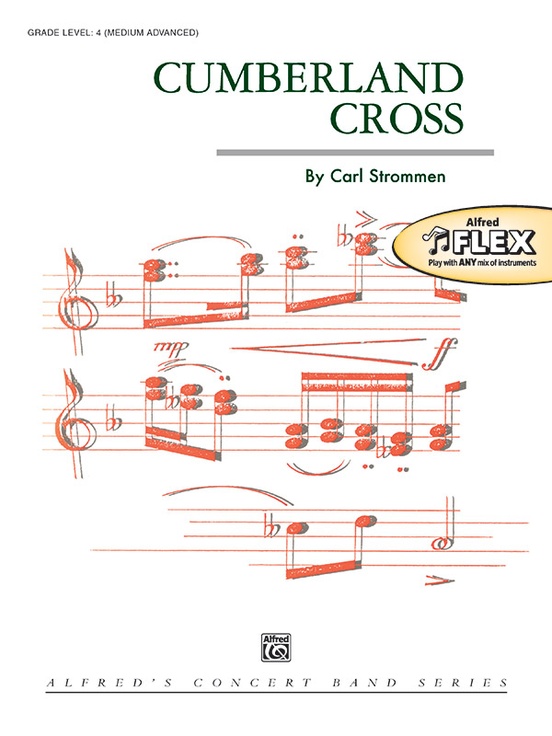 £73.50
£73.50Cumberland Cross (Flexible Ensemble - Score and Parts) - Strommen, Carl
This version of Cumberland Cross by Carl Strommen is part of our Alfred FLEX offerings and is designed with maximum flexibility for use by any mix of instruments---wind, strings, and percussion, including like- or mixed-ensembles with as few as 5 players. The suggested instrumentation and a customizable Teacher Map will help you plan out how to best assign parts to suit your ensemble's needs. It also comes with supplemental parts for maximum flexibility. With the purchase of this piece, permission is granted to photocopy the parts as needed for your ensemble. A percussion accompaniment track is also available as a free download. String parts have been carefully edited with extra fingerings and appropriate bowings to support students in mixed ensembles playing in less familiar keys. Your band will sound great with Carl Strommen's classic original piece. Cumberland Cross explores the rich American folk style in two sections. The first has broad, moving harmonies under a Shenandoah-like melody, and the second a lively dance reminiscent of Copland. It is not too difficult, yet very impressive! Duration: 3.30
Estimated dispatch 7-14 working days
-
 £53.95
£53.95Haunted Sleigh Ride (Concert Band - Score and Parts) - Pierpont, James Lord - Beck, Brian
Haunted Sleigh Ride is based on "Jingle Bells" but shifted to a minor key, transforming a winter favourite into an eerie adventure into the snowy unknown. We may not be "laughing all the way." Brian Beck's setting is jam-packed with various style and dynamic markings as well as accidentals in every part, challenging musicians, and engaging audiences. Shifting a piece from major to minor (or vice versa) will instantly illuminate a melody and breathe new life into a piece. What was happy is now sad, what was dark is now vibrant, and, in this case, what was cheerful is now spooky. Duration: 2.15
Estimated dispatch 7-14 working days
-
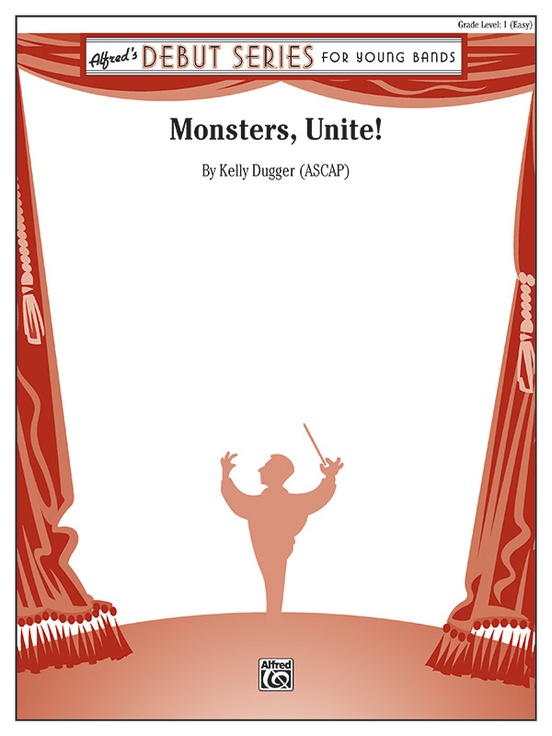 £53.95
£53.95Monsters, Unite! (Concert Band - Score and Parts) - Dugger, Kelly
Monsters, Unite! by Kelly Dugger is a fun beginning band piece that is sure to be a hit, not only at Halloween time but all year round. Monsters all around the world are waking up to a calling to unite. Some are big, hairy creatures, and others are delicate and fairy-like. They walk and fly long distances to find each other. In the end, they all come together, marching as one. Just when you think they've marched off into the distance, they come together to surprise the audience. Unique percussion effects, timpani glissando and theremin (or flexatone) add to the spooky sound. A tuba solo at the end is followed by a surprising scream that will leave the performers and the audience giggling! Duration: 1.30
Estimated dispatch 7-14 working days
-
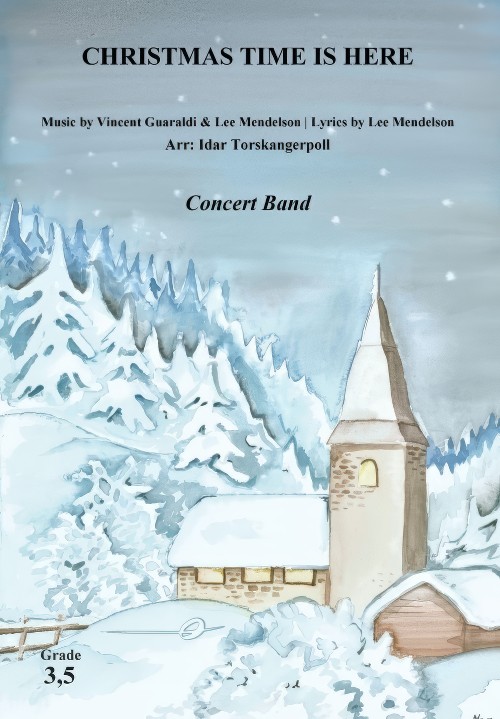 £91.00
£91.00Christmas Time is Here (Concert Band - Score and Parts) - Torskangerpoll, Idar
This song was originally written for the 1965 TV special "A Charlie Brown Christmas", Charlie Brown is known from the comic strip, "Peanuts". "Christmas Time is Here" has been performed by a multitude of artists since, among them: Al Jarreau, Steve Vai, Take 6 and Kenny Loggins. This arrangements i based on Diana Krall's version from the 2005 Album "Christmas Songs". The arrangement has many chamber-musical passages where a soloist is playing with a small group, please mind the balance and thin out if needed. Also: Do take liberties in tempo and direction of this music to make it flow naturally and not stand still. Duration: 3.15
Estimated dispatch 7-14 working days
-
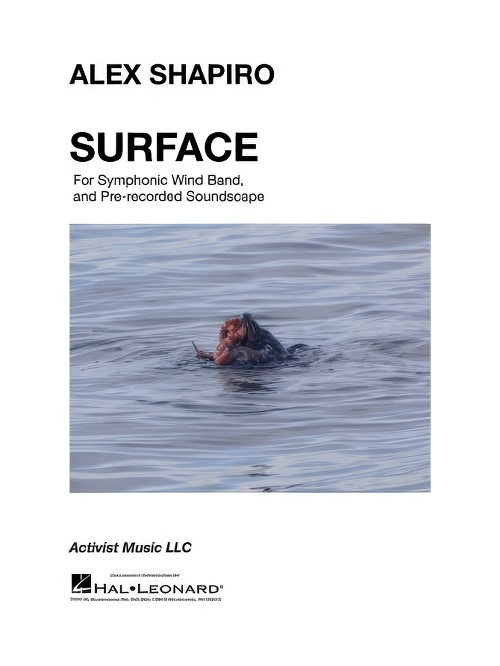 £150.00
£150.00Surface (Prerecorded Soundscape with Concert Band - Score and Parts) - Shapiro, Alex
Surface, which is also the second movement of Shapiro's electroacoustic wind symphony suite Immersion, is a mini percussion concerto that reflects a Harbour seal's dramatic lunchtime assault on a Giant Pacific octopus, witnessed by the composer from her studio as she began writing this movement. A sudden explosion through the calm water revealed two animals flailing in battle one moment, then diving below to deceptive stillness... until the next violent eruption. The seal eventually won its meal, but not without the chaos of significant effort. In this habitat of life and struggle, every day brings a challenge.Duration: 10.15
Estimated dispatch 7-14 working days
-
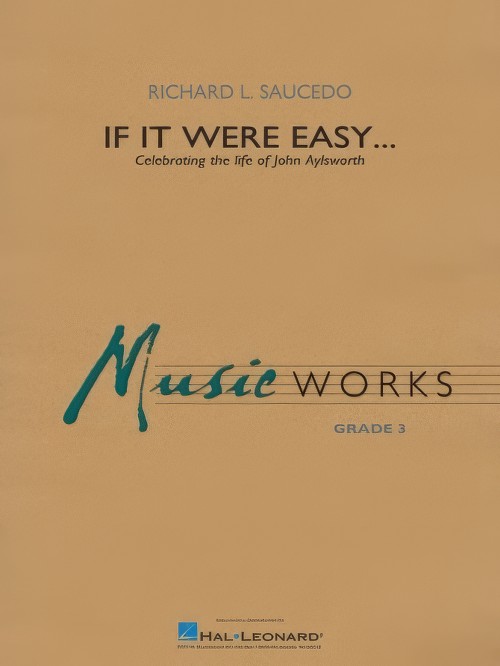 £64.99
£64.99If It Were Easy... (Concert Band - Score and Parts) - Saucedo, Richard L.
Composed as a tribute and memorial to a revered educator, If It Were Easy... brings to mind a range of emotions and moods, including the idea that goals worth achieving are not always easy, but require dedication and perseverance. The piece begins quietly then builds gradually to a glorious full band chorale before tapering to a quiet and delicate finish.
Estimated dispatch 7-14 working days
-
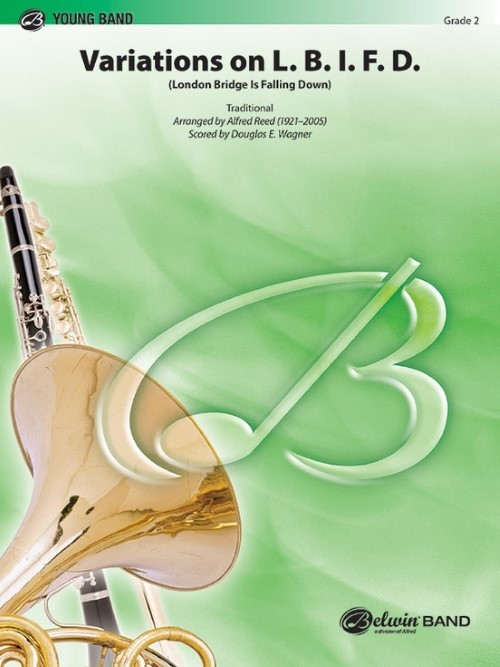 £61.95
£61.95Variations on L.B.I.F.D. (London Bridge is Falling Down) (Concert Band - Score and Parts) - Reed & Wagner
Alfred Reed needs no introduction for those who admire his distinguished concert band works. This arrangement for concert band draws from five movements of his original 28 composed for brass quintet based on "London Bridge Is Falling Down." Included are: "Statement," "Waltz," "March Fo(u)rth!," "A Little Funeral Music, Please (Eine Kleine Trauermusik)," and "Finale." A demonstration of compositional techniques practiced during the past three centuries, the work is filled with captivating and highly musical moments. Even though players will encounter a few changes in tonal centers, meters, and tempo throughout, there is not much that would get in the way of having a fun experience learning and performing. Duration: 2:45
Estimated dispatch 7-14 working days
-
 £109.99
£109.99Tom Jones in Concert (Concert Band - Score and Parts) - Tinner, Gilbert
Having scored many hits over a long career, especially in the sixties and seventies, Tom Jones remains a world star. Gilbert Tinner has now created a fantastic and easily playable arrangement with songs from this period.This medley includes:She's a LadyIt's Not UnusualDelilahHelp YourselfDuration: 6.30
Estimated dispatch 7-14 working days
-
 £55.00
£55.00Journey of the Magi (Concert Band - Score and Parts) - Massey, Brady
Not simply music for the Christmas Season, "Journey Of The Magi" is appropriate all year, as the arrival of the Wise Men occurred a time after Christmas Day. Evoking images of a dignified procession from the East, the music quotes a simple fanfare and a brief appearance of the melody of "We Three Kings". A decidedly unique change of pace from traditional winter concert repertoire, your beginning band will shine as you bring this piece to life. Duration: 1.45
Estimated dispatch 7-14 working days
-
 £55.00
£55.00Bullet Train (Shinkansen) (Concert Band - Score and Parts) - Webb, Amy
A dramatic, driving work guaranteed to motivate and excite your students, "Bullet Train" pays homage to the Japanese Shinkansen, a network of the busiest high-speed rail lines in the world, with a top speed of 200 miles per hour! Teaching opportunities abound, as tenutos, staccatos, minor scales, Japanese pentatonic scales, crescendos and decrescendos, are all presented. This piece will bring a unique multi-cultural flavor to any band concert, and will be an audience favorite as well. The biggest challenge? Not to rush, as even the "Bullet Train" will go off the rails if it goes too fast! Accelerated fun from start to finish! Duration: 2.30
Estimated dispatch 7-14 working days
